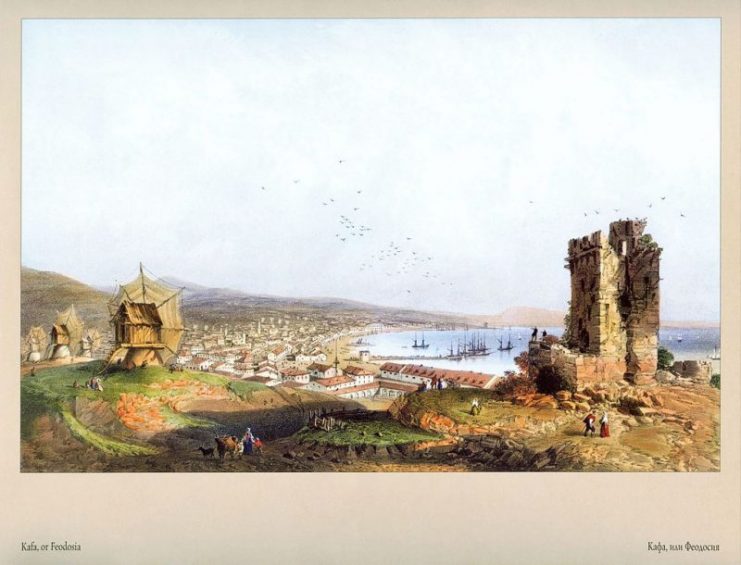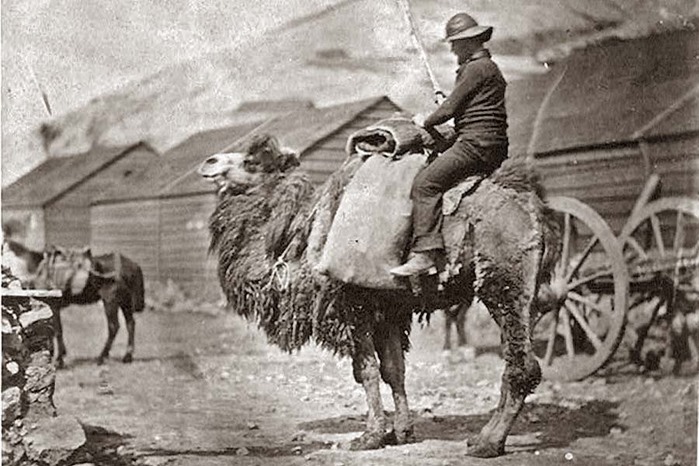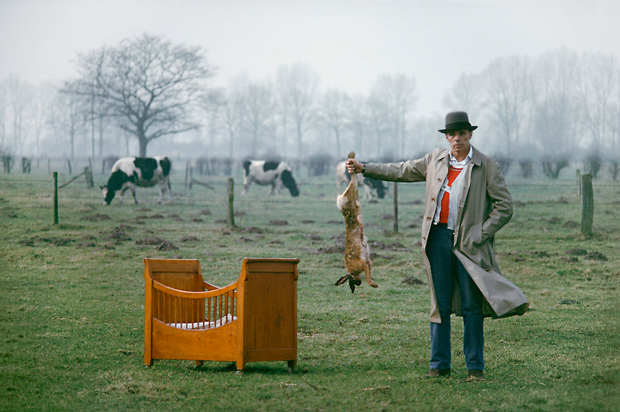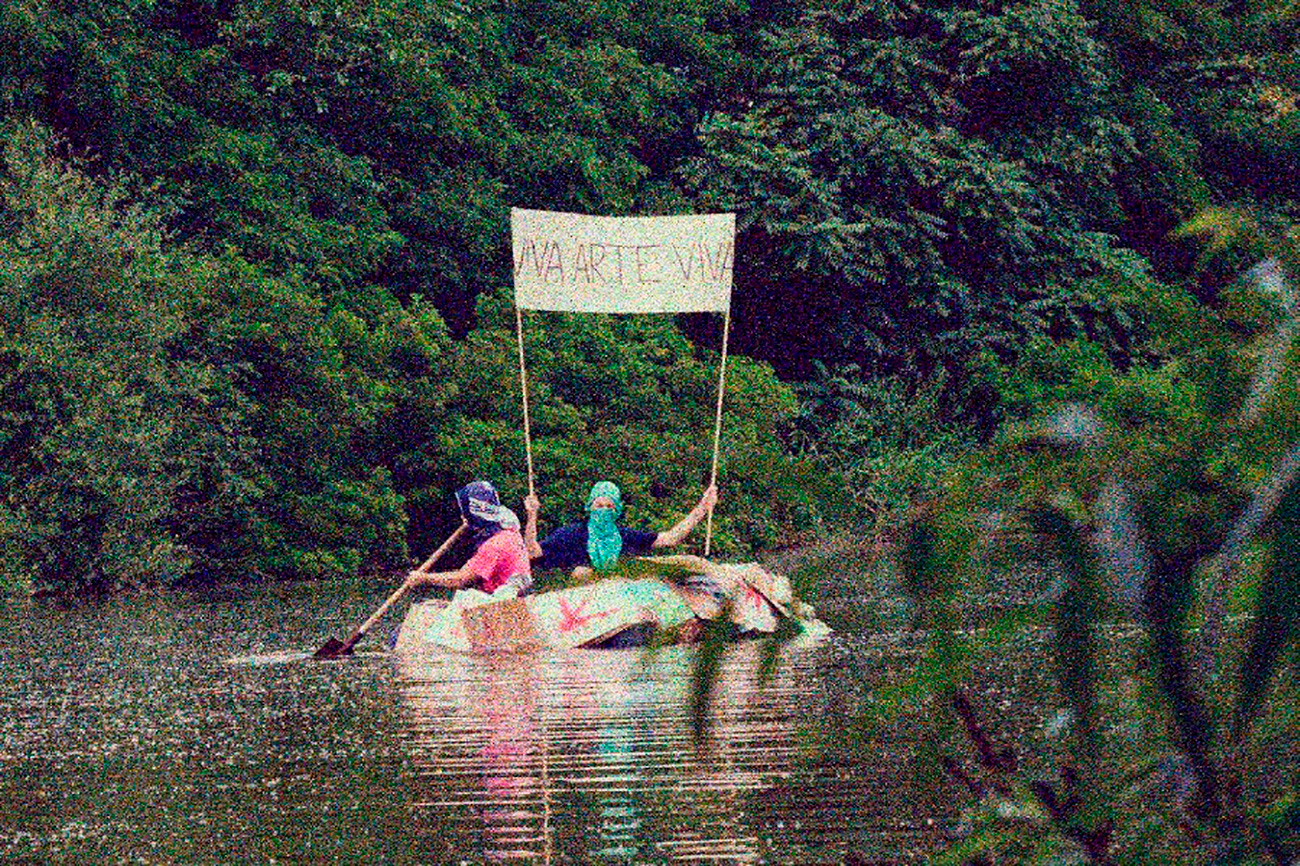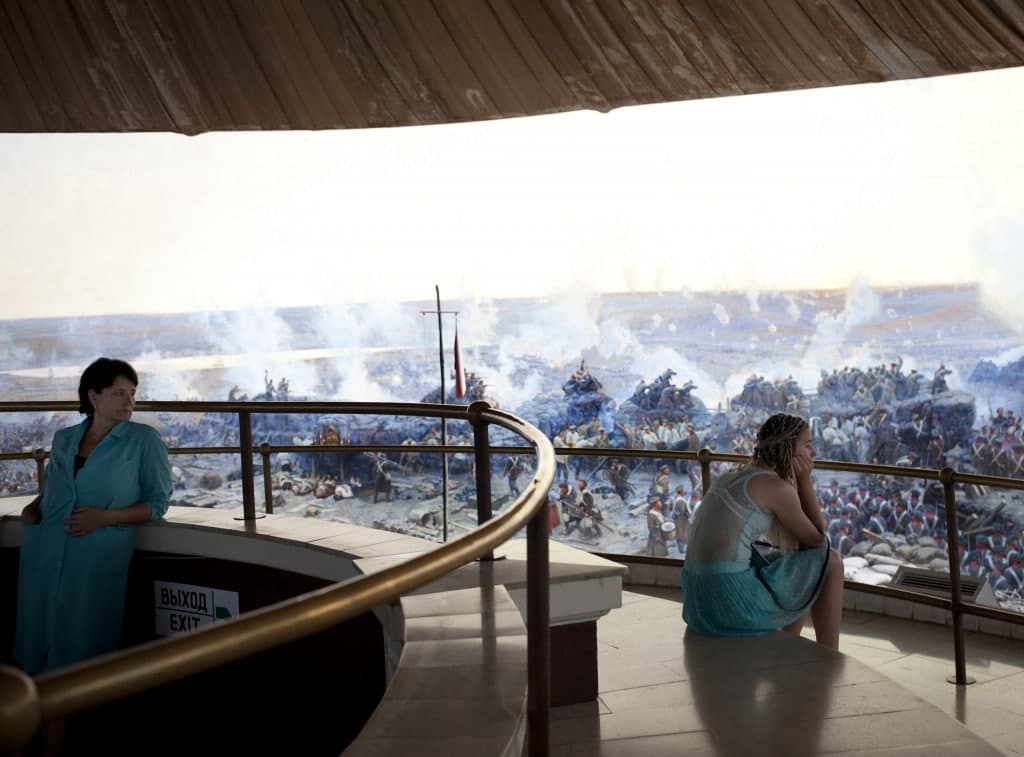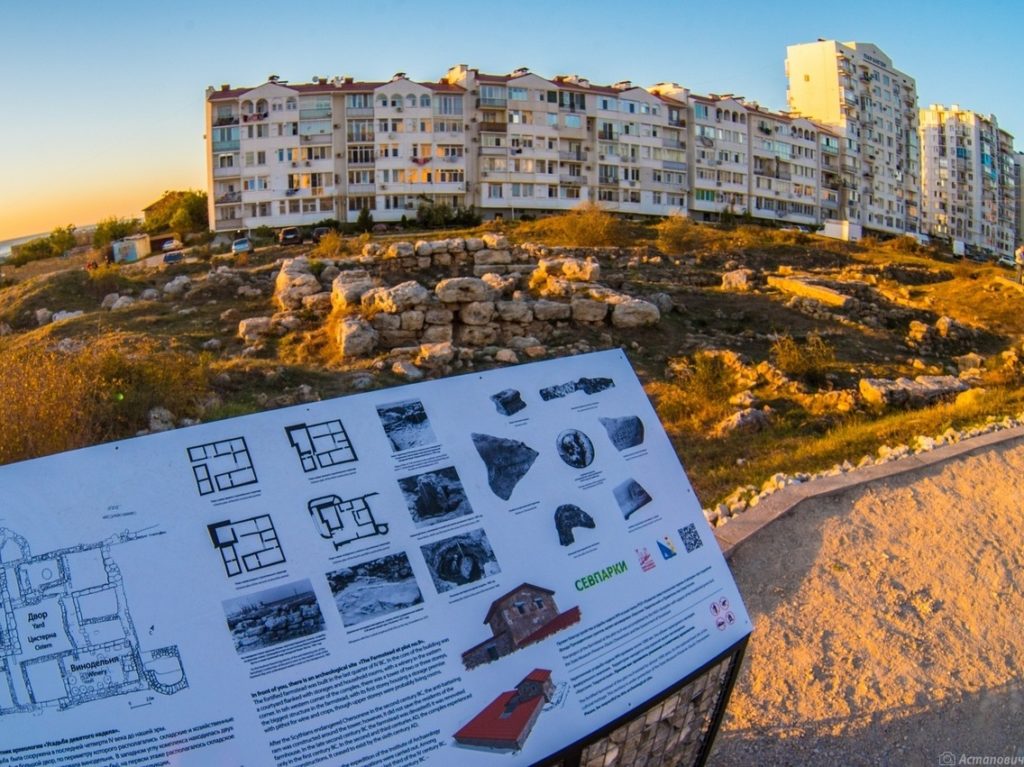
Sevastopol’s predecessor Chersonesos that had existed from the times of the Classic Greece (5th century B.C.) until the end of the Byzantine epoch (15th century A.D.) is a unique spot that allows one to see what the ancient civilisation looked like in reality and not on a textbook page. Traditionally, we view a colonial polis as a ground point directly tied to the metropolis. But actually, it was a system of settlements that we can define as a cell structure – the centre of the city was surrounded by a huge territory consisting of land parcels
Read more
